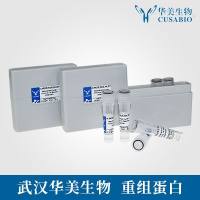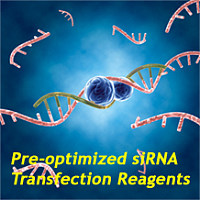Longitudinal Imaging and Analysis of Neurons Expressing Polyglutamine-Expanded Proteins
互联网
互联网
相关产品推荐

yscM/yscM蛋白/yscM; Yop proteins translocation protein M蛋白/Recombinant Yersinia enterocolitica Yop proteins translocation protein M (yscM)重组蛋白
¥69

Cell Cycle Analysis Kit (with RNase)(BA00205)-50T/100T
¥300

GenMute™ siRNA Transfection Reagent for Primary Neurons
¥1980

荧火素酶互补实验(Luciferase Complementation Assay, LCA)| 荧光素酶互补成像技术(Luciferase Complementation Imaging, LCI)
¥5999

///蛋白/Proteins P-6/P-7蛋白/Recombinant Chlamydia trachomatis Virulence plasmid protein pGP3-D重组蛋白
¥69
相关问答

